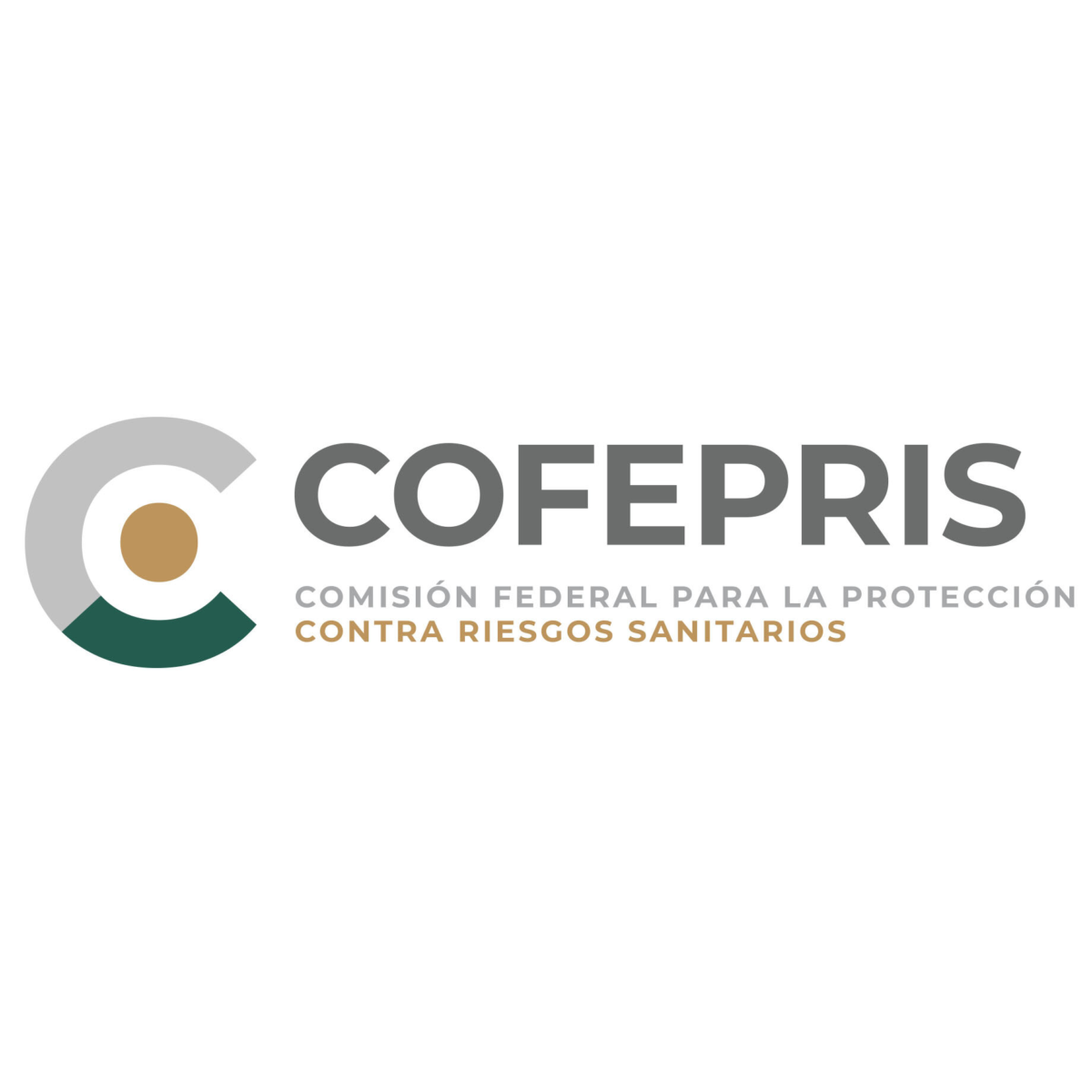ICH is the International Council of Harmonization of Technical Requirements for Pharmaceuticals for Human Use (Consejo Internacional de Armonización de Requisitos Técnicos para Productos Farmacéuticos de uso Humano, in Spanish). Its purpose is to establish guides and technical and scientific guidelines that are used for the development of drug products and serve as the basis for obtaining authorizations in different countries. Ultimately, it ensures that safe, effective, and high-quality drug products are developed, registered and maintained, in the most efficient way possible while meeting high standards, in order to contribute to public health.
ICH is made up of 20 member countries and 36 observers.
Advances in the implementation of ICH guidelines in Mexico
As will be recalled, in November 2021 Cofepris announced that it was a member of ICH, which entails the implementation of approximately 70 ICH guides with the aim of their harmonization. The guides are divided into four large groups:
• Quality (Q)
• Multidisciplinary (M)
• Efficacy (E) and
• Security (S).
ICH classifies the different guidelines into three levels, with which it determines the time for the member countries to implement them.
Those of level 1 are mandatory to be a member of ICH, therefore, they must already be implemented at the time of the membership application. The guides that belong to this level are: Q1, Q7, E6; and, in general terms, they deal with drug product stability, good manufacturing practices for active pharmaceutical Ingredients, and good clinical practices.
Those of level 2 must be implemented within a period not exceeding 5 years from the date of membership. The guides that belong to this level are: E2A, E2B, E2D, M1 and M4; the topics covered by these guidelines are clinical safety data management, the format for electronic transmission of adverse reaction reports, use of MedDRA terminology, CTD, and management of safety information.
Those of level 3, include the rest of the ICH guides, and must be implemented in the medium and long term (a specific time is not defined), which are the most specialized, such as those focused on the quality of biotechnological products, on procedures of analytical validation, pharmacokinetic and toxicokinetic studies, dose-response studies, etc.
Currently, Cofepris almost completes the implementation of the level 2 guidelines. It should be noted that the level 1 was implemented before they accepted Mexico as a member.
The Q1A, Q1B, Q1D, and Q1E guides are included in NOM-073-SSA-1-2015, Stabilities of drug substances and drug products.
The Q7 guide is included in NOM-164-SSA-1-2015, Good manufacturing practices for Active Pharmaceutical Ingredients.
The E2A, E2B, E2C, E2D, E2E, M1 guides are included in NOM-220-SSA-2016, Installation and operation of pharmacovigilance, and its corresponding modification published in 2020.
Currently, out of the level 2 guides, only the M4 guide that refers to the CTD remains pending, which is the type of dossier (product file) used in Europe for the registration of drug products, which does not contemplate two large items that Cofepris continues to request for the registration (authorization) of drug products that are: quality of excipients and manufacturing orders with the traceability of stability batches.
It is a big question how they will carry out the implementation of this guide that will definitely greatly simplify the registration of drug products in Mexico, since many products that are sold abroad comply with the CTD, but not with the additional requirements of Cofepris, so they can’t be registered in Mexico. This limits the availability in Mexico of multiple therapeutic options.
The implementation of the guides will be carried out by means of Official Mexican Standards; it should be clarified that it is not intended to carry out a transcription of the ICH guides as it is, but each country can add particularities, as long as it complies with what is established by each ICH guide.
It is very important that Cofepris continues on working with the implementation of the ICH guidelines, not only so that it remains as a member of this organization, but also so that the population in Mexico can get benefit, by speeding up the authorization of records, which results in the acceleration in access to medicines of new technologies and new therapeutic options.
In the regulatory certainty strategy published on social media and on the Cofepris website in January of this year, it is established that the M1 guidelines will be completed this year.
For the M4 guide (related to the CTD) they established its implementation in the period 2023-2026 and finally, in that same strategy it indicates that the adoption of the rest of the ICH guides (level 3) will start from the year 2027.
On this basis, we can affirm that Cofepris is complying with the times established for the adoption of the ICH guidelines.
Undoubtedly, the conclusion of this ambitious project will help increase the technical, operational and regulatory capacities of the authority, allowing for the first time to achieve real regulatory certainty, where there is assurance about the authorization time, as well as the necessary requirements to obtain it, which can certainly contribute to the elimination of corruption that arises from the desperation of users to be able to market the products.



